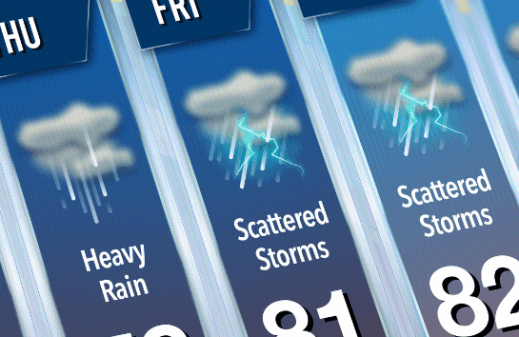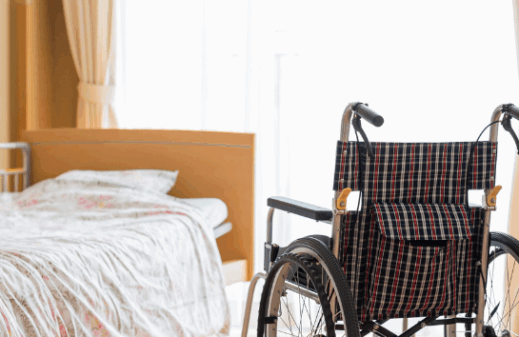Providing the right level of care is essential. When a resident stays at your assisted living facility for months or years, the level of care that’s needed may change. Although this is to be expected, it can be a sensitive issue for residents and their families, so it’s important to manage the situation carefully and compassionately.
What Triggers the Need for More Care?
Over time, a resident’s needs will likely change. This can be gradual, or it can be sudden. Changes that can trigger the need for more care include the following:
- Falls are a serious threat to the health and wellbeing of seniors. According to the CDC, 3 million older people are treated in the emergency department for fall injuries every year, and falls are the leading cause of both hip fractures and traumatic brain injuries.
- Health Conditions. Strokes and other medical conditions may increase a senior’s need for care. The CDC says that each year, more than 795,000 people in the U.S. have a stroke, and the risk increases with age.
- Alzheimer’s disease and other forms of dementia increase a resident’s need for care. The CDC estimates that there are 5.8 million people in the U.S. with dementia, and this number is expected to reach 14 million by 2060.
- In some cases, a resident’s care needs may increase gradually due to the effects of aging. For example, the resident may experience worsening eyesight and decreased mobility over time.
The Emotional Impact of These Triggers
Professionals who deal with the care needs of older adults can become desensitized to these circumstances. However, it’s important to remind your team to look at these changes from the point of view of the resident.
Falls are a good example of this. According to an article in Today’s Geriatric Medicine, the emotional aftermath of a fall can be just as devastating as the physical toll.
A resident who experiences a sudden and unexpected deterioration in health may struggle to accept required lifestyle alterations. Older adults may also react with anger and denial to more gradual changes in their health and care needs.
How Will Changes Impact the Resident?
To ensure that the resident’s needs are fully met, ask the following questions:
- What additional services are needed? Consider what services will improve the resident’s health, safety, and wellbeing.
- Can your facility adequately provide these services? If your facility cannot provide the level of care needed, the resident may need to move.
Also consider how these changes will impact the resident. Will they have to leave behind friends when they move to another facility or even just another part of the current facility? Will they have to give up freedom, autonomy, or space?
Communicate with the Resident and Their Family
Good communication is essential. However, it’s important to understand that even if the changes are in the resident’s best interest, they may not be welcome news. Be sensitive about the situation and how it may impact the resident and their family.
Residents and their families may have many concerns, for example:
- Loss of Independence. Residents may be worried about the loss of independence and how this will impact their quality of life.
- Health and Mortality. The change may force residents to face their own declining health, and their families may also be worried.
- Additional Costs. Money is another possible area of concern. Although it’s reasonable that a facility will need to charge more money if more services are being provided, this may be difficult for the people who have to pay for care.
Prime the Conversation for Success
When discussing the need for more care, it’s important to be transparent, respectful, and compassionate.
Share books, organizations, and other resources to help residents and their families deal with both emotional and financial challenges. While keeping details and identities private, share stories of other residents who have successfully transitioned to new levels of care. Inspire confidence and let them know they aren’t alone.
Additionally, it’s important to train employees how to deliver bad news. A conscious effort should be made to strike the right tone and establish the right environment. Provide your team with research and best practices for managing difficult conversations.
For example, the ABCDE model, developed by Rabow and McPhee, provides a framework for delivering bad news:
- A: Advance Preparation
- B: Build a Therapeutic Environment/Relationship
- C: Communicate Well
- D: Deal with Patient and Family Reactions
- E: Encourage and Validate Emotions
For more information on the ABCDE model and how it can be applied, see Breaking Bad News by Gregg K. Vandekieft, M.D. from American Family Physician.
A resident’s care needs will change over time. Managing this progression effectively is essential for the wellbeing of the resident. It’s also an important part of your facility’s risk management.
Does your organization have the risk management resources you need to reach your next level of performance? The team at PCALIC can help. We have been providing insurance and risk solutions to the personal assisted living community for 20 years. Contact us to learn more.
How to Manage the Progression of Resident Care Needs, Tangram Insurance Services, https://www.tangramins.com/how-to-manage-the-progression-of-resident-care-needs/




